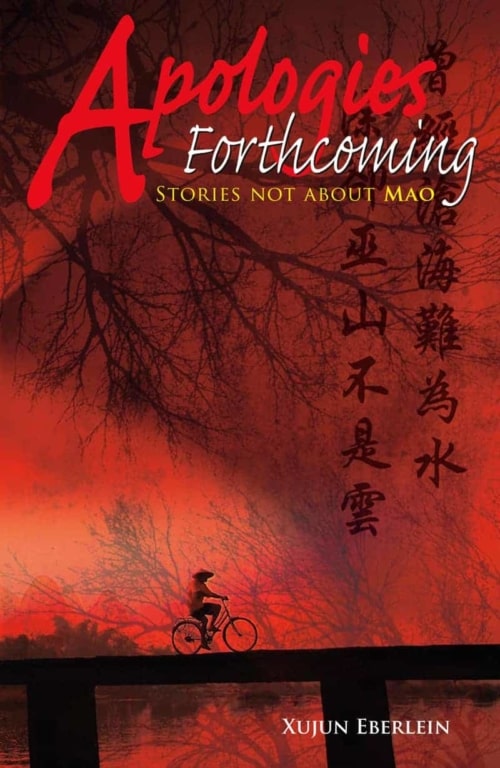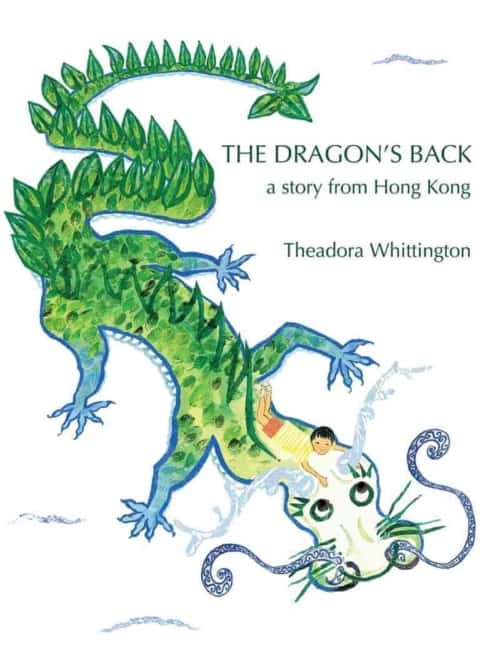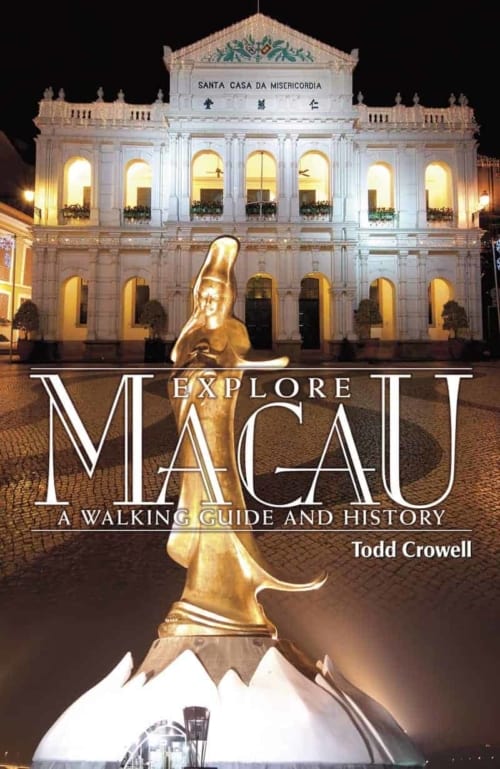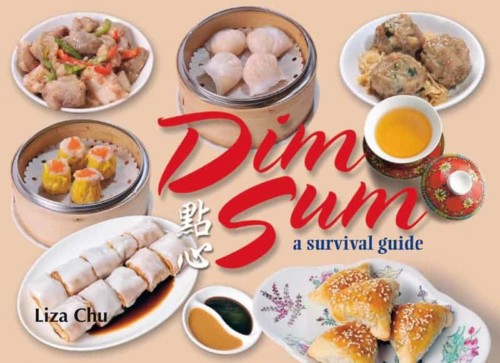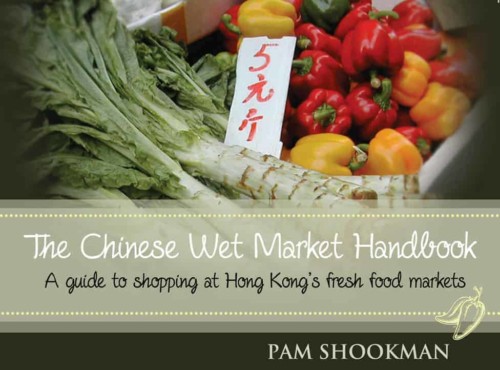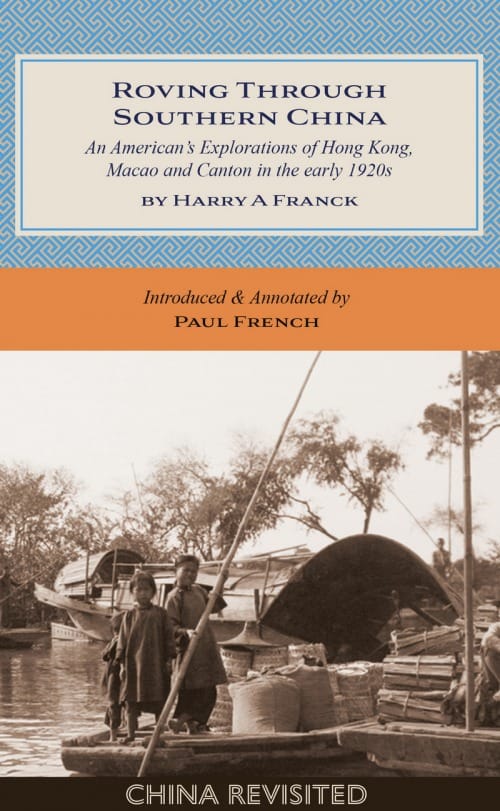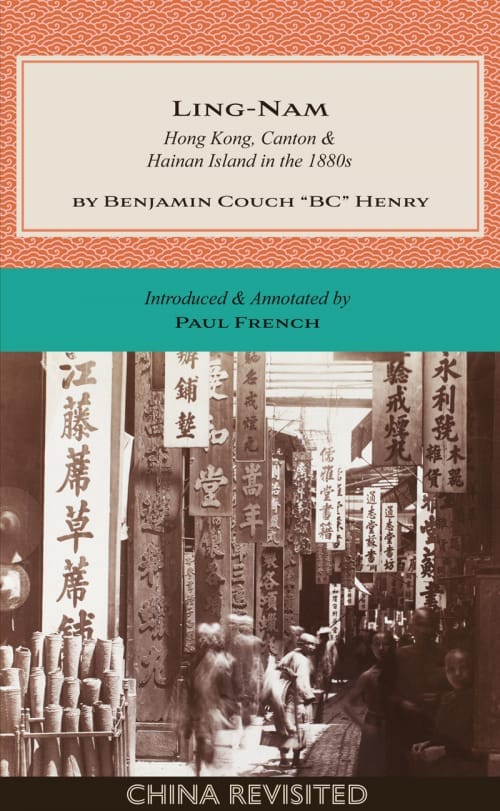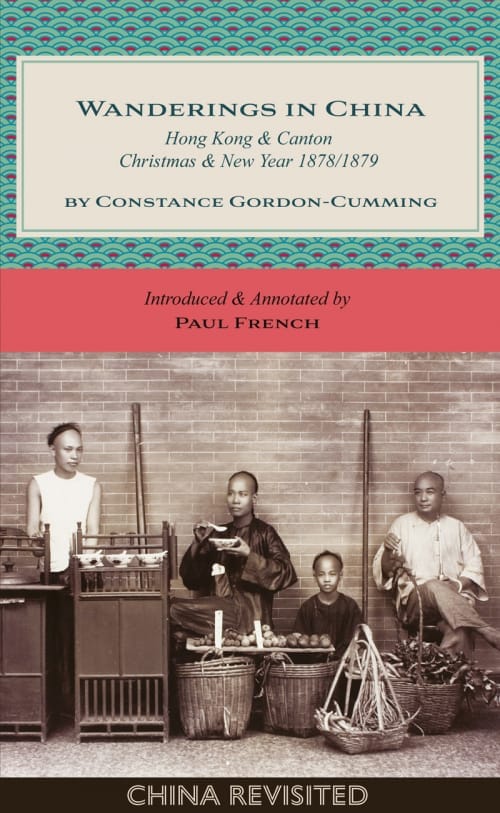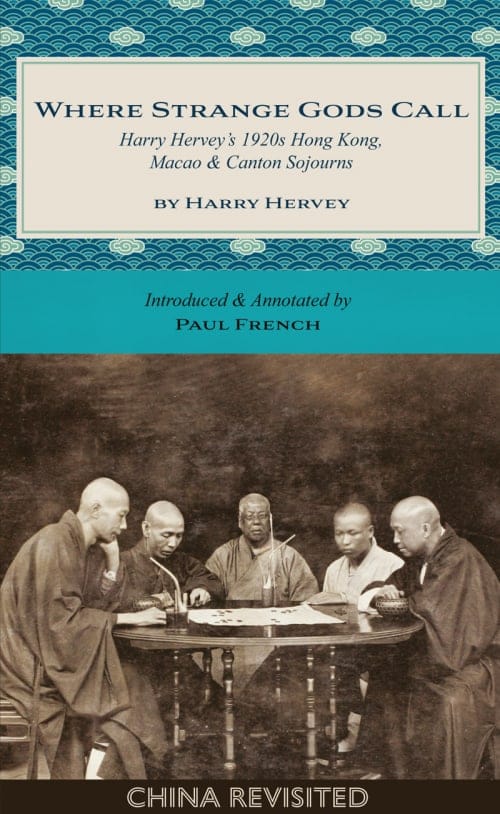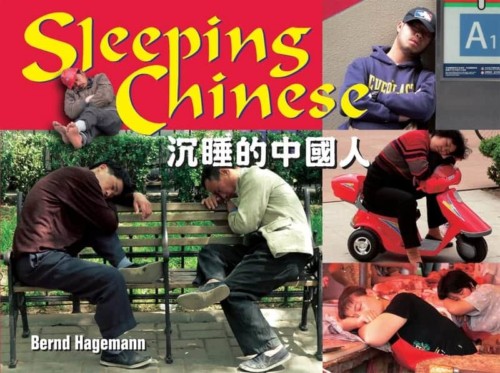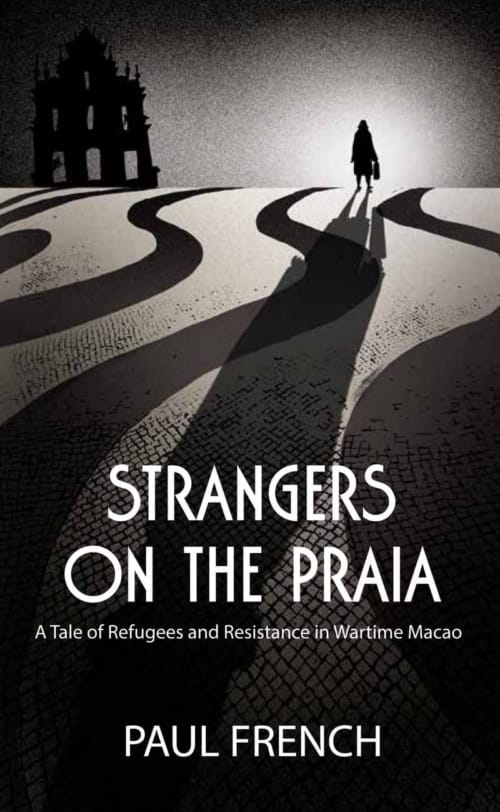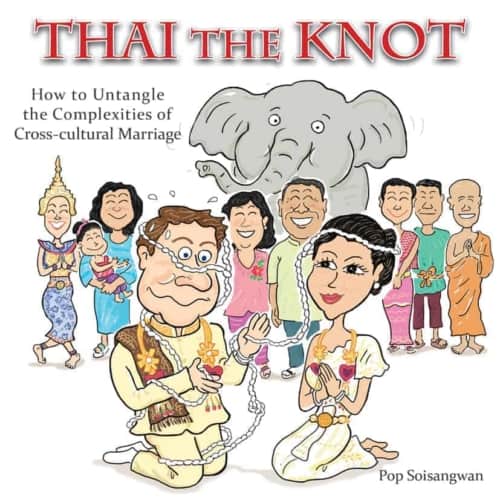Winner of the third annual Tartt Fiction Award
It was some decade. The universities were closed. Students were at war. Poetry was banned. And the word “love,” unless applied to Mao, was expressly forbidden. Artists were denounced, and many opted for suicide. This is the time — its madness, its passion, its complexity — that Xujun Eberlein brings vividly to life in Apologies Forthcoming, her moving collection of short stories about the millions who lived during China’s Cultural Revolution.
An award-winning writer who now lives in Massachusetts, Eberlein has nothing to apologize for. Her stories are electrifying. About half of the stories take place during the years of the Cultural Revolution; the other half in its aftermath. How many come from personal experience is hard to say. Eberlein, who lived through the Cultural Revolution’s decade as a child and teenager, had a sister who died as a Red Guard, and that event seems fictionalized in one of the stories.
Apologies Forthcoming shines a revealing light on some of the people whose lives were changed forever by the ten years that turned China upside down. Eberlein does the great service of illuminating the interior lives of a peculiar generation, many of whom are now leading China’s phenomenal awakening.
Look inside this book
Click on the link to view sample pages from Apologies Forthcoming. You will need a pdf reader to view this excerpt.
